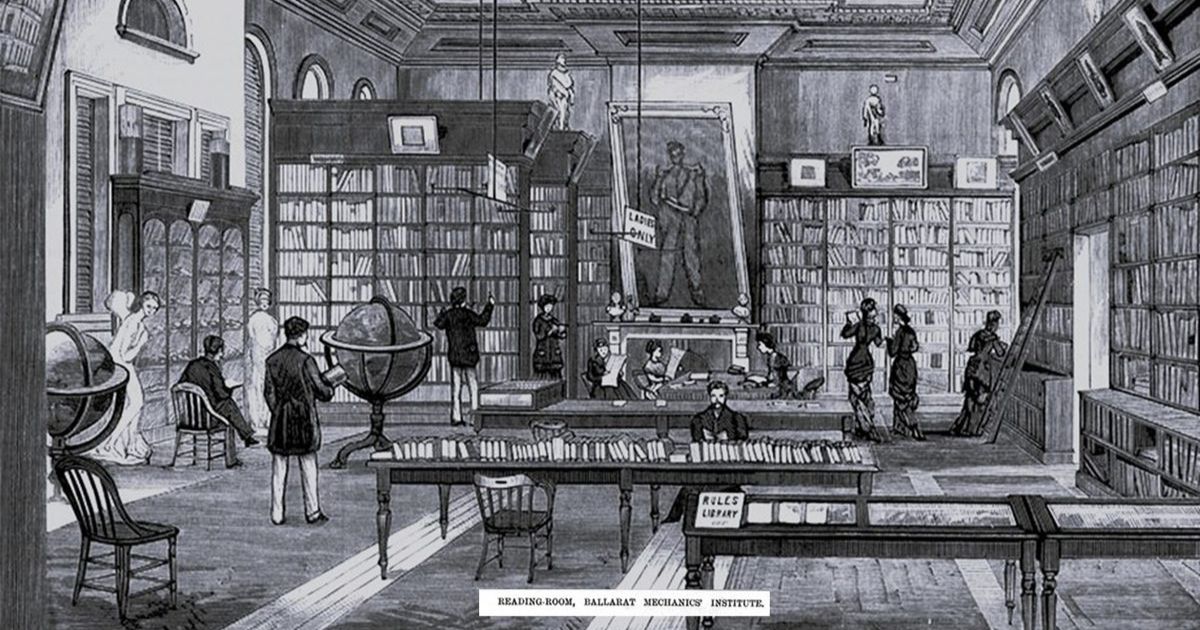From the desk of Roland Rocchiccioli

The late Gordon Chater’s performance in, The Elocution of Benjamin Franklin, was a masterclass in acting. It remains one of the finest — ever!
THERE is consensus of confusion. Do we need to know someone’s personal pronouns? Surely, their name is enough. If they elect to be called Pearl, or Hurtle, or Humpty Dumpty, that is what we should call them. Who are we to argue?
Unconditionally, we should live and let live. Other people’s sexuality, and their perception of identity, is their business. I have neither the want nor the willing to be involved. It is a presumption to imagine anyone else is interested in your personal pronoun, or how you characterise. Civility is more important.
People’s sensibilities are paramount; however, in the abstruse and contentious discourse surrounding personal pronouns we need be careful not to flout the grammatical rulebook and conflate the singular and plural conjugations. He/she, him/her make sense. ‘They’ applied in the singular is nonsensical. If ‘they’ is used for the first-person singular, and the collective third-person plural, it is most confusing. If ‘they’ are coming to lunch, how many does that imply, and for how many does one prepare an entrée of angels-on-horseback?
In a speech, Her late Majesty referred to herself and Prince Philip in the first-person plural. “We”, HM said, pausing, then adding with a dead-pan delivery, “and by that I mean both of us…” Gender-bending male and female proper nouns is not uncommon, linguistic tomfoolery. It can be most amusing. Both Billy Brownless and Dermott Brereton referred to their Footy Show colleagues, saying. “Come-on girls, we’re on!” SAS soldiers whom I have known, often referred to each other as “girls”.
Patently, people have the right to dress howsoever they chose. Equally, others have the right to comment, en passant. I saw a 6-feet-plus person at the opening night of stage musical Sister Act. They were wearing a most striking black-and-white, full-length, semi-strapless, satin dress, with big make-up, and a huge, blonde Eva Gabor wig. There was no reason to engage in any psychological acrobatics, at a cursory glance they appeared to be a man dressed as a woman. Certainly, the beard and the Paul Robeson basso profundo voice pointed me to that conclusion. Do I care? Not for a nano-second; however, having worked with some of the best theatrical costume designers in the world, I thought the outfit was, for my creative palate, slightly vulgar. If it were presented to me as a possible design for a character, I would posit, diplomatically: “It’s lovely, but don’t you think it’s a bit over-the-top for someone playing a maid.” In my opinion it made them look like the Widow Twankey; a jolly, figure of fun.
Some productions call for male actors to dress as females, which can prove tricky, especially if it involves an audience ‘surprise-reveal’ —specifically, Little Mary Sunshine in Chicago. The stage play, Charlie’s Aunt; or Gordon Chater — The Elocution of Benjamin Franklin. Films include Tootsie, and the most famous of them, Some Like It Hot, with Tony Curtis and Jack Lemmon — which required a suspension of one’s disbelief. Traditionally, in English pantomime the principal boy is played by a girl, with long boots and a lot of thigh slapping. The Dame is played by a man.
Having been designated he/him by an accident of birth, I am not looking, but pushed to a choice, my personal pronoun would be “me, me, me, me, me!”, which, read aloud, is not without a certain musicality!
Contact: [email protected]


















